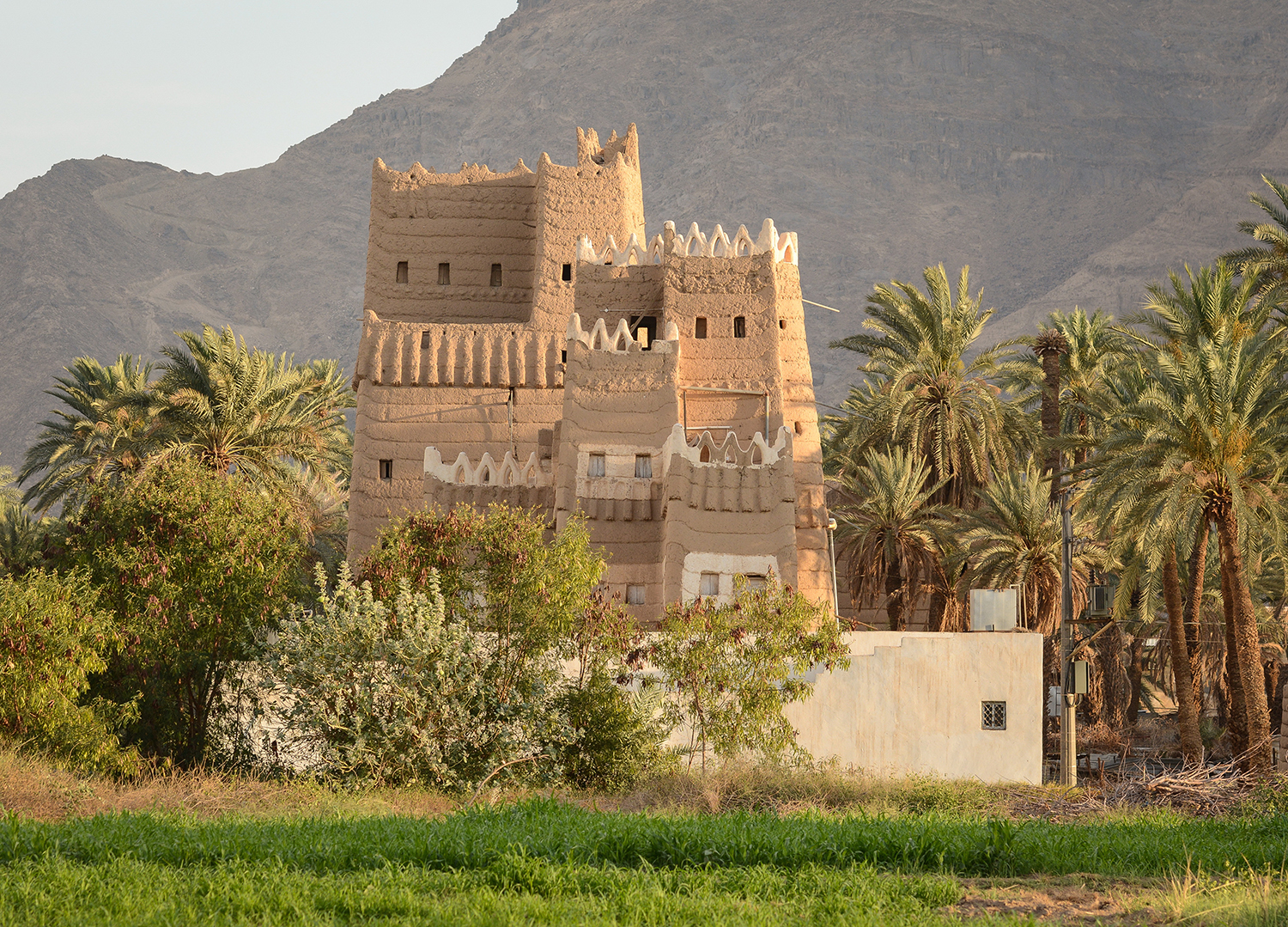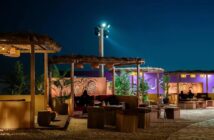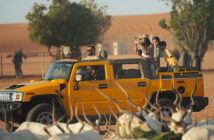Go for the weather; stay for the history.
Does the summer heat have you yearning for cooler temperatures and greener pastures? If so, Najran might be calling your name. The southern region sits on the Yemeni border and boasts desert sands, lush farms, and towering mountains. It’s also home to Nasrallah AlKhabi, a guide at Arabius who was excited to share his love for his homeland with me.
“Is Najran different from Riyadh?” I asked.
“Oh, yes! In every way,” he responded with a grin.
It certainly is. The weather alone is on average 7-8ºC cooler than Riyadh this time of year. The northeastern half of the Najran region is part of the Empty Quarter, a vast and largely uninhabited desert. However, travel southwest a little further, and you’ll find dense greenery and distinct Yemeni-style architecture in the rapidly growing capital city, also called Najran. Here, waters from the Sarawat Mountains and the Yemeni highlands drain into the muddy waters of Wadi Najran. The result is gorgeously green and fertile farmland that stretches for miles.
If it’s history you’re after, my guide Nasrallah knows just where to look. The Al-Ukhdud Archaeological Site tells a tragic story, in which thousands of “devout believers,” likely early Christians, were killed for their faith by being thrown into a burning ditch. The massacre took place in the 5th century, nearly 100 years before the dawn of Islam.
Today, you can still find traces of the fire in the ruins of the ancient city, along with the rock carvings that once decorated the homes of the people who lived there.
Najran’s rich and diverse story dates back even further, to a time when the region was an important stop for spice caravans. The Hima Wells, which are part of the Abar Hima Cultural Area, a UNESCO World Heritage Site, date back 3,000 years and still produce fresh water; some of the rocks also contain ancient inscriptions and drawings.

muddy house in najran region
You can also hike to the mountaintop fortress of Ra’um. It’s located atop the highest mountain in the region and surrounded by a natural granite wall and three pools of water. Nasrallah tells me Ra’um is one of the oldest fortresses in the country, offering stunning mountain and valley views.
Traces of ancient Najran remain to this day, impacting everything from clothing to hospitality. There, men often wear the shimagh wrapped tightly around their heads, as opposed to the draped style prevalent in Riyadh. Traditional male dress also includes a khanjar or janbiya, a short, curved knife worn on the belt. Centuries ago, men used these weapons for self-defense. Now, Nasrallah explains, they are shown off in a traditional “knife dance” often performed at weddings or Eid celebrations.
If you’re lucky enough, you could be greeted with the Zamal Najrani. It’s an elaborate welcome performance for highly esteemed visitors, featuring horses and/or camels alongside singing or dancing performers. Although rare, Nasrallah says the display symbolizes the honor and respect vital to Najrani culture.
“It is my home,” he explained, “I miss it so much. I love it there.”
Nasrallah is one of many guides at Arabius who help clients learn Saudi dialect and culture. If you’re interested in learning more, visit www.arabius.com.
Taste of Najran
The food in Najran is just as rich and diverse as the rest of its culture! Nasrallah’s two favorite dishes are rogsh and marduffah.
• Rogsh: a main course of seasoned meat, sometimes with vegetables. You eat it using strips of thin bread to scoop out one bite at a time.
• Marduffah: a dish often served for breakfast; it is like a bowl of dough cooked with butter inside the bowl. Just rip off a piece of bread, dip, and enjoy the smoky flavor!




